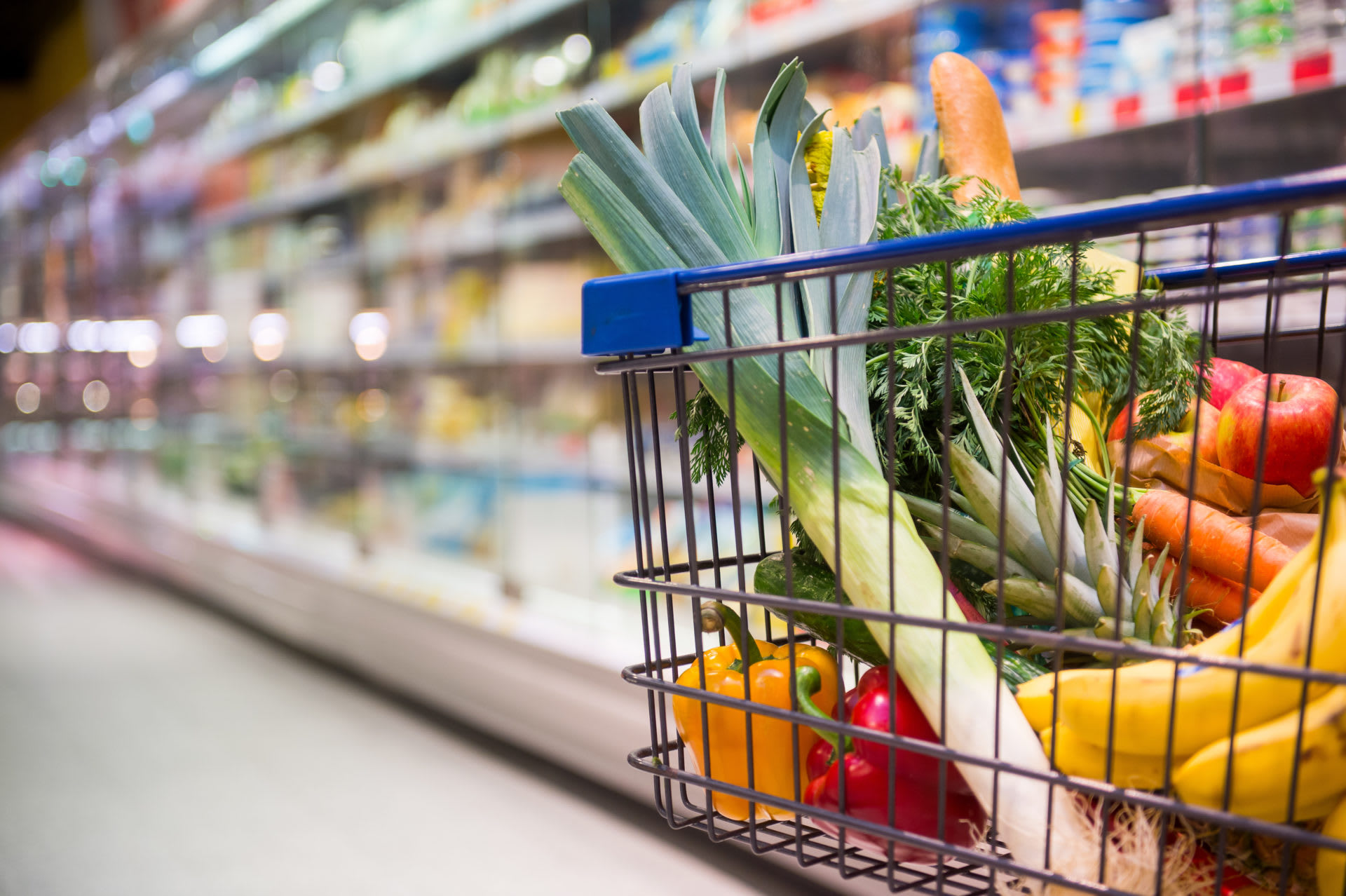For some of us, it can be difficult to think of daily life without access to the food we consume everyday: the scrambled eggs you ate this morning, that well-intentioned salad you packed for lunch, or your favorite chicken and rice recipe you whipped up for dinner. All picked up from your local grocery store earlier in the week.
Not everyone is as fortunate to have a grocery store in their neighborhood, or even their town. A 2009 study by the U.S. Department of Agriculture found that 23.5 million people lack access to a grocery store within a mile of their home. Reliable food sources, such as grocery stores, often go unappreciated in communities where they’re easily accessible.
Is Your Grocer Taken for Granted?
Grocery stores carry fresh foods packed with flavor, and more importantly, nutrition, all at a reasonable price. Fruits, vegetables, lean meat, dairy, and whole grains, all essential for sustaining a healthy life, are exclusively available at grocery stores.
What happens when the closest grocery store is over an hour away? Or in the next state over? What happens if you don’t have a car?
Areas like this are known as food deserts: underserved communities where access to fresh food products is limited. Low-income communities, communities of color, and sparsely populated rural areas are disproportionately affected.
Residents of these communities rely on fast food restaurants and convenience stores for meals, which tend to lack the quality, nutrient-rich ingredients necessary for a balanced diet. In fact, low-income zip codes have 30 percent more convenience stores than middle-income zip codes. While some convenience stores do carry fresh produce, they often have fewer options and tend to cost more than grocery stores, putting those who live in food deserts at a financial and nutritional disadvantage.
The Consequences of Food Deserts
The financial and nutritional disadvantages endured by those who live in food deserts eventually take a toll on overall well-being and wedge these communities further into a cycle of poverty.
Lack of access to nutritional foods means people in low-income communities suffer from diet-related illnesses, like diabetes or obesity, more than higher-income neighborhoods. The disparity is illustrated clearly when you look state by state, or city by city. In Mississippi, the state with the highest rate of obesity, 70 percent of food stamp eligible households have to travel over 30 miles to get to their closest grocery store. In Albany, NY, 80 percent of non-white residents can’t find low-fat milk or high-fiber bread in their neighborhoods.
The lack of healthy options available to these communities also causes economic disparities. Private institutions are more likely to invest in communities where there are food retail space options, creating new jobs and revitalizing neighborhoods. Pennsylvania created a statewide public-private initiative to bring new grocery stores to underserved communities. The effort created nearly 5,000 new jobs in 78 communities, bolstering the economic activity in surrounding areas around the state.
What is Food Justice?
Food justice, in the simplest of terms, is equality. It’s about ensuring everyone, regardless of wealth, race, or location, has access to the same foods.
There are three main aspects of food justice:
- Access to nutritious and fresh foods
- Living wage jobs for all food system workers
- Cooperative community organizations
Classroom Discussion
Start a conversation by asking your students three questions:
- Where does your family shop for groceries?
- How long does it take to drive there?
- How far away is the closest convenience store?
Answers from students will vary, but this is a good segway into talking about food deserts. Make sure to differentiate convenience from grocery stores, talking about the different foods primarily available in each.
Explain the importance of maintaining a balanced diet and demonstrate the connection between healthy eating and food access. People don’t always choose to eat unhealthily; sometimes it’s their only option. It’s important to voice the positive effects that better food access has on our bodies and communities.
Classroom Activity
Have students survey family, friends, and community members about needs in their neighborhoods for homework. Have them ask where they shop for groceries, how often they go, and what they typically purchase.
Students can then develop a concept for their own grocery store. Have them write down the healthy items they hope to carry in their grocery stores. They can then develop a plan to promote healthy eating and their new grocery store to the community.
Take it one step further by creating a mock grocery store in your classroom. Bring in various fruits, vegetables, and packaged foods with price tags. Show students the differences between purchasing these items in a grocery store vs. a convenience store. This will show students the importance of equal food access, while also teaching them about maintaining a balanced diet.

Joseph Ciampa is Creative Marketing Associate on EVERFI’s K-12 Marketing Team.

